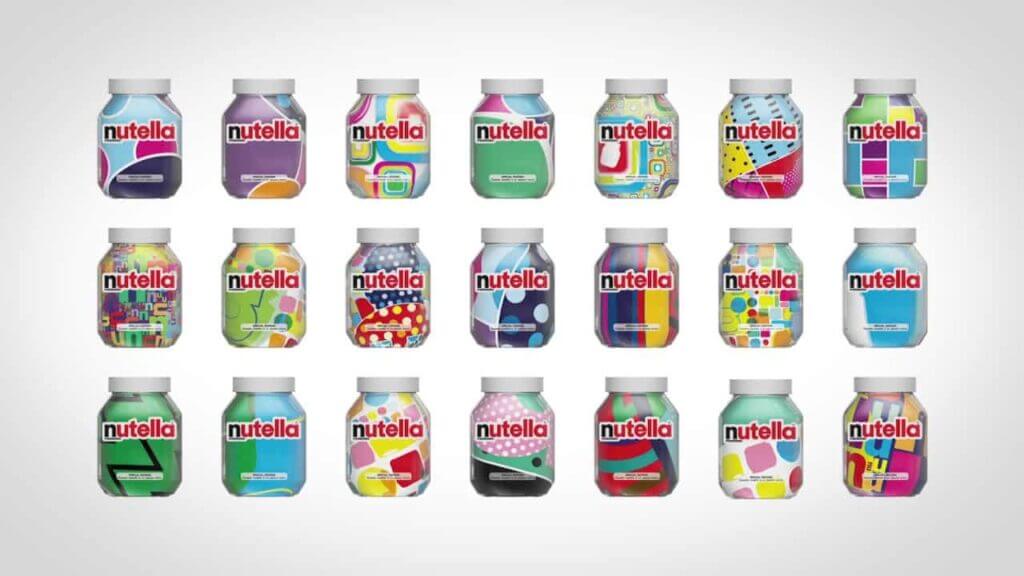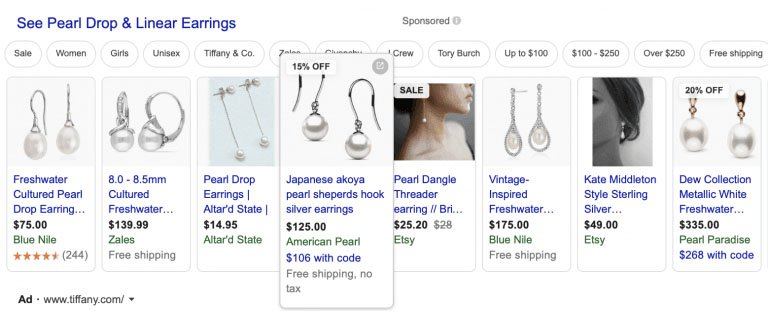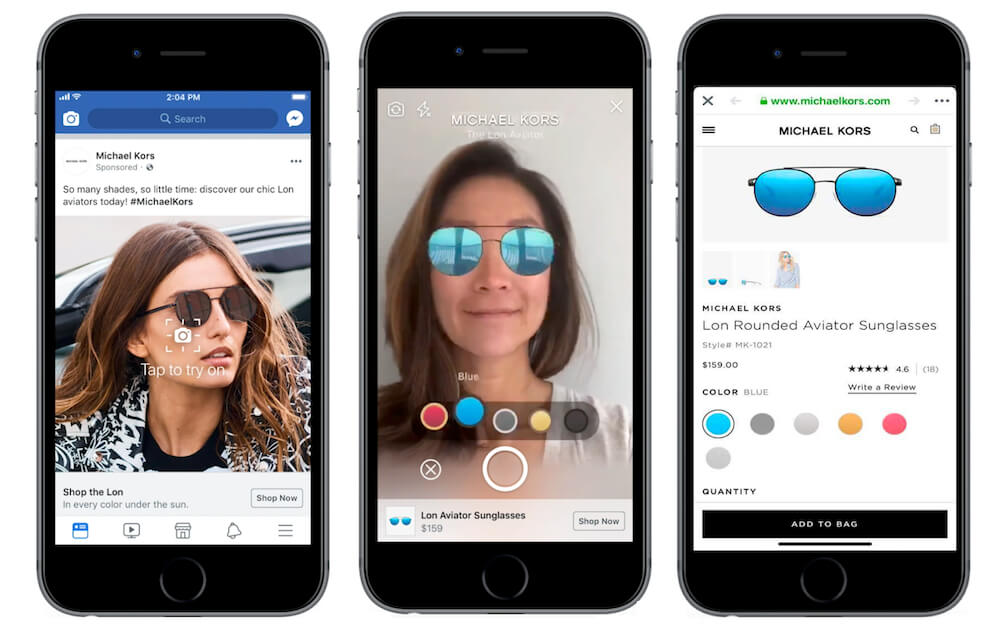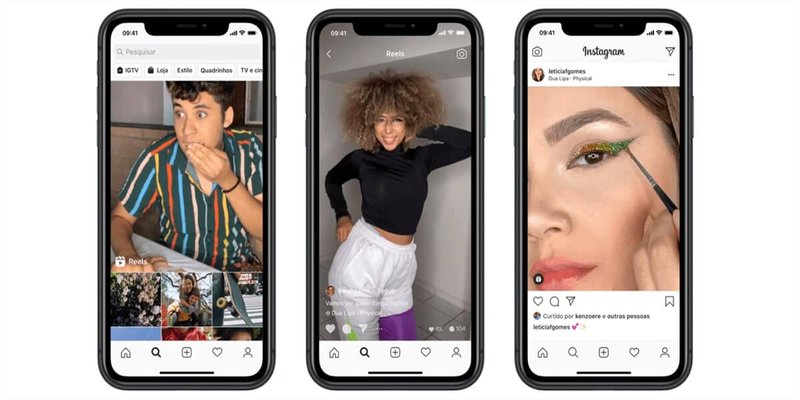6 Top Advertising Trends to Double Down On in 2026
Wise up with the trends of PPC advertising strategies to keep your campaigns in tip-top shape.
Updated April 7, 2024

For most brands, PPC (pay-per-click) advertising presents a lucrative opportunity to scale fast. The challenge is that trends change so fast that if you don't keep up, your ads are bound to get stale, and ROI is going to drop like a hot potato.
And that's true on any channel - whether you're running ads on a social media platform or a search engine, or on an online publisher. So how do you keep up? Here's a list of the top digital advertising trends you should follow.
1. Artificial intelligence and machine learning
Google Ads has been integrating machine learning into its bidding strategies, allowing for more efficient and automated smart bidding. So strategies such as Target CPA (Cost Per Acquisition), Maximize Conversions, and Target ROAS (Return On Ad Spend) were introduced.
Generative AI can now also be used to automatically test different combinations of headlines and descriptions and learn which combinations perform best (especially powerful for programmatic ads).
For example, Nutella sold out 7 million jars designed with AI in just one month. Each jar had a unique design and a unique bar code.
This requires a solid conversion tracking setup and focusing on high-quality input data to train the AI effectively. It also shifts the strategic focus towards creative development, audience segmentation, and leveraging predictive analytics to anticipate market trends and customer needs.
Being well-versed in interpreting AI-generated insights and being prepared to intervene when necessary to align the automated decisions with the broader marketing strategy helps.
Although automation streamlines decisions, human intervention is sometimes needed to ensure these automated choices align with your overall digital marketing strategy. This involves recognizing when adjustments or manual interventions are necessary to maintain your marketing efforts' strategic direction and goals.
Pro tip: Want to apply some of these trends the right way? Check out our list of the top paid advertising agencies to hire this year.
2. Voice search optimization
With the rise of voice-activated devices and assistants like Amazon's Alexa, Google Assistant, and Apple's Siri, advertisers have been looking into optimizing their PPC strategies for voice search. This involves targeting long-tail keyword phrases that are more conversational and likely to be used in spoken queries.
Strategies to test out include:
- Complete questions and phrases into keyword strategies
- Conversational phrases
- Local results
With the surge in voice searches for local information, prioritizing local search engine optimization (SEO) has become an increasing priority. This involves meticulous attention to detail, including accurate business listings, localized content, and an emphasis on location-specific keywords.
By optimizing websites to align with geographical nuances and tailoring content to resonate with local audiences, you can position yourself as the go-to choice for voice-initiated local queries.
Additionally, optimizing for semantic search, focusing more on the context and intent behind queries, and considering search engines' natural language processing abilities are now key aspects to consider.
Pro tip: having a solid local SEO foundation enhances visibility in voice search results. It fosters a stronger connection with nearby consumers, fostering consumer trust and brings more engagement between you and your local clientele.
3. Visual search and shopping ads
Platforms like Pinterest, Google, and Bing have been developing visual search capabilities, where you can search for products using images instead of text. This has led to the growth of shopping ads integrated with image search, providing users with a more intuitive shopping experience.
Visual search strategies to try for eCommerce brands:
- Post high-resolution images
- Add accurate tags and structured data
- Test out ads on online marketplaces
As consumers increasingly search for products by taking pictures or screenshots, businesses must align their PPC strategies with visual search trends. They also need to monitor how visual search behavior influences the performance of their shopping ads and adjust campaigns to the nuances of how users engage with visible search results.
Pro tip: combine your shopping ads with social commerce features, where your posts on social media channels link to your product pages.
4. Augmented reality ads
Augmented Reality (AR) has started to make its way into PPC. For example, certain digital platforms allow you to visualize products in your environment before purchasing. This innovation is particularly significant for industries like home decor and fashion.
AR is different from virtual reality (VR) in that it combines digital information with the user's environment in real time. Here's an example of a Facebook Ad that uses AR from Michael Kors.
Augmented Reality (AR) offers a new horizon for PPC advertising, particularly in retail, where "try before you buy" experiences can be simulated. It's an immersive technology that helps create interactive experiences for consumers. For businesses, this means rethinking the customer journey and how AR can reduce the gap between online browsing and physical experience.
Investing in AR ads may involve higher upfront costs for content creation, like 3D modeling and app development, but the potential for increased engagement, click-through rates, and conversion rates can justify the expense. Study how AR experiences affect consumer actions and adapt bidding strategies and ad spending accordingly based on AR-specific performance metrics.
5. Cross-channel advertising
Advertisers increasingly look at cross-channel advertising strategies integrating PPC campaigns across multiple platforms (Google, Facebook, LinkedIn, etc.) for a more holistic marketing effort. New powerful tools and digital platforms help you manage these campaigns in a unified interface, allowing you to track performance and attribution across different channels.
These innovations are driven by the ever-growing need to improve the efficiency and effectiveness of PPC campaigns and enhance user experience and engagement.
» Make the most of PPC advertising on these top 19 platforms in 2026.
The consumer journey is no longer linear, and PPC strategies must reflect the multi-channel behavior of users. Crafting strategies that deliver cohesive messaging across platforms like Google, Facebook, Instagram, and LinkedIn would be best. This requires a deep understanding of each channel's role in purchasing and how different platforms contribute to conversions.
Tracking and analyzing cross-channel advertising requires advanced tools to connect conversions and grasp how different marketing channels interact. It involves balancing advertising budgets across channels and continually optimizing campaigns based on performance data to ensure a unified and effective presence wherever potential customers might be engaging.
Pro tip: in order to create successful omnichannel marketing campaigns, you need to focus on first-party data and grow your own email list and combine your ads with organic social media marketing efforts.
6. Using user-generated content for creatives
Another key trend is using user-generated images and videos as your ad creatives. Ever wonder why those influencer marketing campaigns are so successful? Because influencers know how to create content that stands out.
Brands have been taking short-form video content and images that content creators or their own customers have created for them, and have been using it for their advertising campaigns. Using these images in your content can help create a personalized experience of each customer, improving customer loyalty. This strategy works particularly well for Facebook Ads and TikTok Ads.
Who benefits from these PPC trends?
Some industries are particularly well-positioned to leverage and benefit from the online advertising trends described, primarily due to the nature of their products, customer base, and traditional marketing tactics.
These industries reap the most benefits because the trends align closely with consumer behavior within their markets. They also often have the marketing budgets necessary to adopt new technologies early and a customer base that expects a cutting-edge digital experience.
eCommerce and retail
eCommerce and retail sectors stand to gain considerably from AI and machine learning innovations in PPC due to the large volume of transactions and the highly competitive nature of the space. AI can optimize bids and ad placements at scale, which is essential for online retailers with extensive product catalogs.
Visual search and AR are also particularly beneficial for these industries as they directly enhance the online shopping experience by making it easier for customers to find and visualize products.
» What is eCommerce? Here's everything you need to know about eCommerce.
Home services and local businesses
These sectors can significantly benefit from voice search optimization because many voice searches are local in nature. People often look for services "near me" or seek immediate solutions while on the go. Being present in voice search results can drive foot traffic and service inquiries for local businesses in these industries.
Consumer electronics
The consumer electronics sector can significantly benefit from visual search technology as customers often look for products based on specific designs or functions they have seen. AR ads can also be a game-changer for this industry, allowing customers to visualize how a product might look in their space or how it works, which can be a powerful driver for conversion.
Fashion and beauty
These industries are perfect candidates for augmented reality ads. AR can allow customers to "try on" makeup or clothing virtually, significantly enhancing the customer experience and reducing the uncertainty inhibiting online purchases.
Visual search is also crucial here, as fashion eCommerce is highly visual and trend-driven, and consumers often seek items that resemble those they've seen on social media ads or in magazines.
Travel and hospitality
Given the extended research and booking process typically involved in travel planning, travel companies and hotels can benefit from cross-channel advertising. Potential travelers are likely to engage with the following before making a decision:
- Search engines like Google, Bing, or Booking.com
- Social platforms, such as Facebook, Instagram, or X (formerly Twitter)
- Review platforms, like Tripadvisor or Glassdoor
- Native advertising on online publishers
A unified and engaging presence across these channels can increase brand visibility and drive bookings.
Automotive
Integrating visual and AR technology into PPC campaigns can significantly boost automotive dealers and manufacturers. Prospective buyers can take virtual tours of a vehicle or see how a new model might look in their driveway, improving engagement and helping to qualify leads before a test drive.
Challenges of PPC trend implementation
It's not all smooth sailing. The advertising landscape is constantly becoming more competitive and challenging. Implementing the latest PPC trends comes with its own challenges and limitations, so you may need to consider weighing up the pros and cons of each factor and how they impact your marketing.
AI and machine learning
This requires a wealth of data to function optimally. Not all businesses have access to such data or the means to interpret it effectively. The algorithms are often opaque, making it difficult for marketers to understand the reasoning behind certain decisions, such as why the AI might favor one set of PPC keywords over another.
Voice search limitation
Voice search demands content that can conform to the natural spoken language, which can be a significant pivot from traditional keyword-focused SEO strategies.
Visual search attributes
Additional resources are needed to produce high-quality images that are correctly tagged and formatted for machine understanding. The content must also be visually appealing and easily decipherable by search algorithms, which requires a deep understanding of how these algorithms process and rank visual information.
Augmented reality (AR) and cross-channel advertising
AR and cross-channel advertising present hurdles in technological adoption and integration. AR demands significant upfront investment in technology and content creation, which may be prohibitive for smaller businesses.
These challenges underscore your need to invest in these technologies and the skills and expertise to leverage them effectively.
» Want to know more about mobile advertising and video advertising trends? Here are some more key PPC trends to consider in 2026.
Keeping up to date with PPC trends
Staying competitive in the advertising industry requires flexibility and adaptation. You can stay competitive in PPC through continuous learning, certifications, and industry insights. Lastly, embrace experimentation, allocate a testing budget, and cultivate an adaptive strategy.












